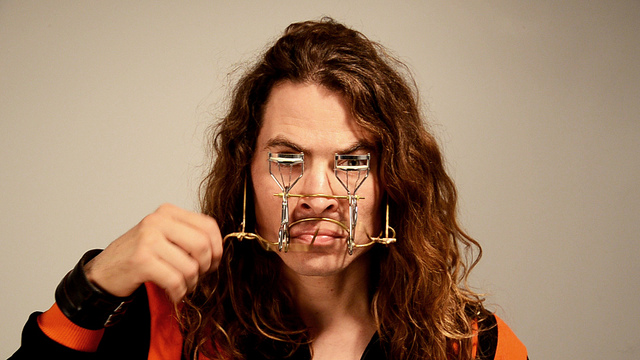When it comes to wearable technology, everyone is talking about it as the next step in mobile, and how it will be able to do all these things and make our lives better. But behind all of the hype – and there is a lot of it – there are some very serious problems that need to be addressed.
“Almost all of the first generation stuff is terrible,” said David Berkowitz, the CMO of MRY, at TechWeek NYC.
To start with, not everyone is capturing meaningful or actionable data. “I don’t actually need a wristband to tell me I need more sleep, I’ve got a three-year-old – of course I need more sleep,” said Jason Fass, CEO of Zepp. He goes on to say that just knowing that you’ve taken 3000 steps in a day isn’t really something you can act on. It’s not really a meaningful number.
“We’ve got all these wearable tech products, but not all of them look good. Google Glass is protruding and it’s not really elegant, for a lack of a better word,” said Steve Jackson, founder of Tailored Techies.
When it comes to what people wear, it’s not just what it does, it’s about what it looks like. There are products like the Casio GShock, that do everything a normal smartwatch does, but it looks like a regular watch. Which is why companies like Apple are bringing in fashion consultants to help with their designs, Jackson went on to say.
“Often times, wearable tech isn’t that wearable,” said Fass.
Fass goes on to mention that the single biggest challenge for wearable technology is power. It’s getting batteries to the point where they don’t need to be recharged very often.
“There are issues that need to be ironed out before it [wearable tech] goes mainstream, but it eventually will,” said Hilary Topper, the founder of HJMT.
Ms. Topper is among the early adopters of items like Google Glass, which she wore during the panel, and smart watches. “Wearable technology is all about convenience,” she said as she told a story about how using Google Glass made recording and blogging about a recent trip to a restaurant a much simpler experience.
“[I think] Wearables will have finally made it when we are no longer talking about wearables,” said Berkowitz.
Berkowitz’s sentiment is likely the correct one, as once the issues with wearables have been ironed out – when they finally look stylish, when they give us actionable data, when the prices drop and when they don’t need to be plugged in nightly – they will becomes more than just a trend. When that happens, we won’t be talking about wearables anymore, because they will have just become another product that consumers want to buy and not just an emerging trend with some untapped potential.
Image credit: CC by Joachim Rotteveel




